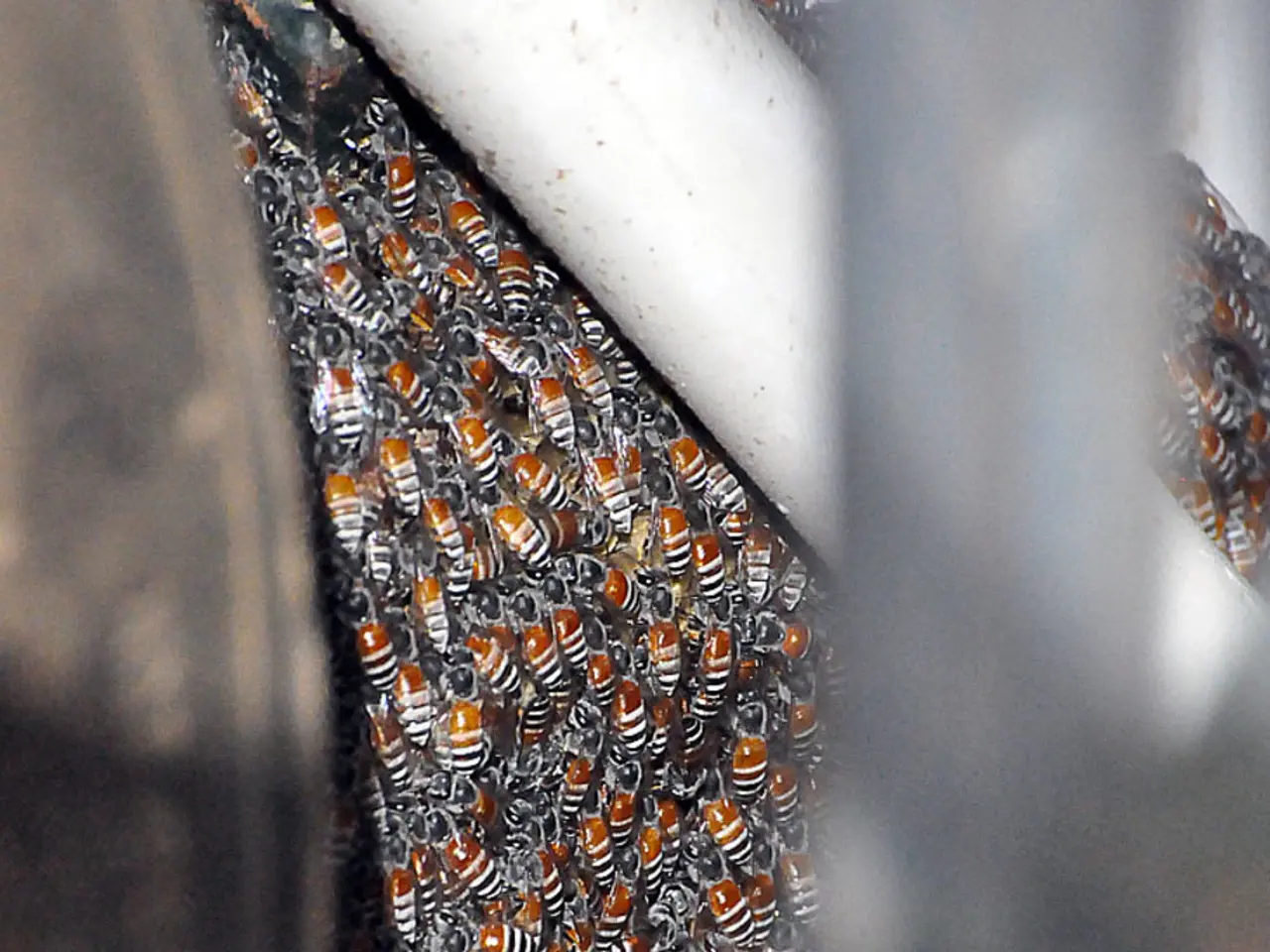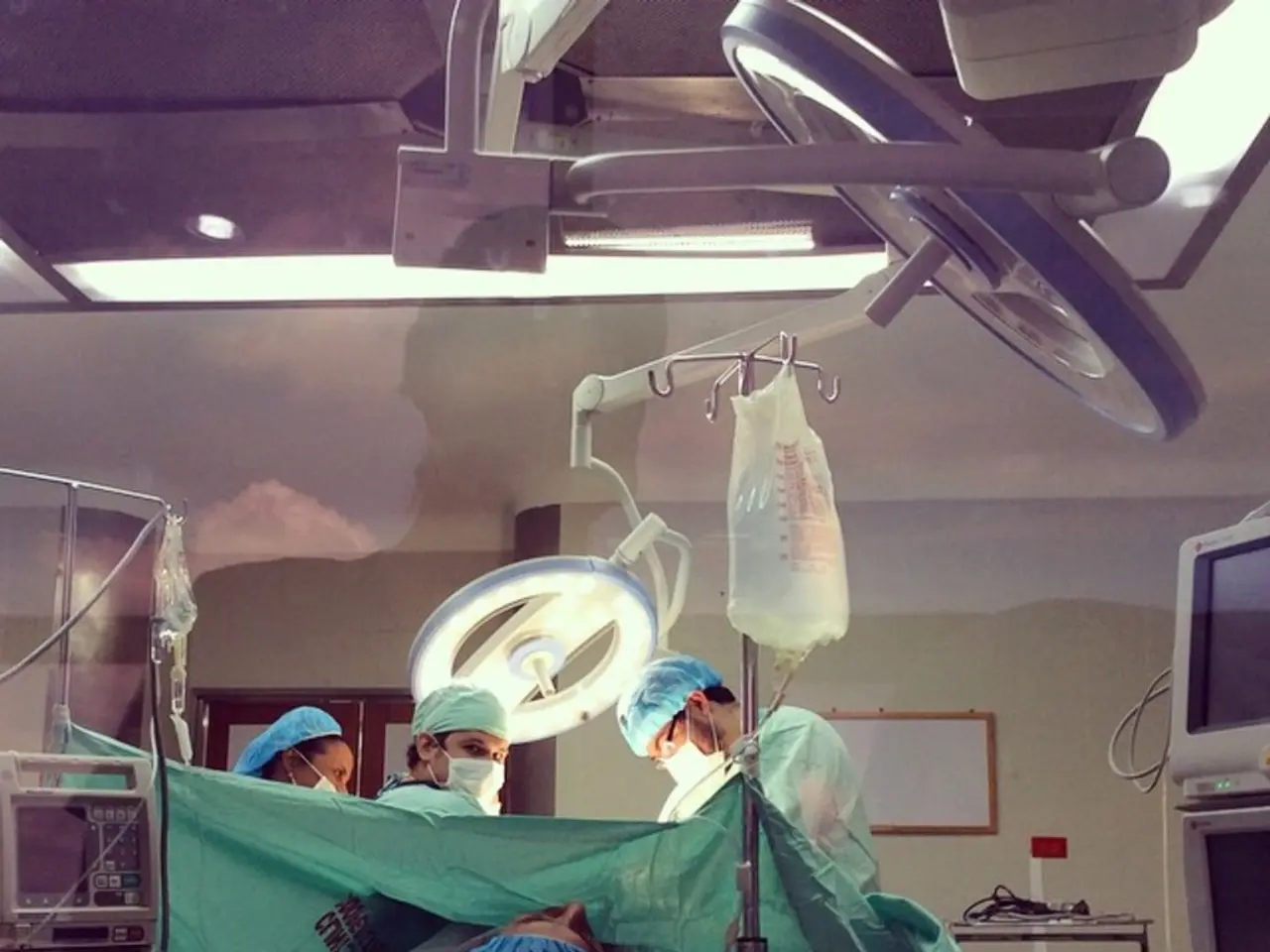Scientists Develop Consumable Transistors through Application of Whitening Agents from Dental Toothpaste
In a groundbreaking development, researchers from Italy and Serbia have created edible transistors using copper (II) and phthalocyanine (CuPc), a stable organic semiconductor with excellent electrical characteristics and chemical robustness. This breakthrough could pave the way for a new era in electronic medical devices, particularly for gastrointestinal (GI) tract testing.
Currently, capsule endoscopy, a minimally invasive procedure that uses a tiny wireless camera the size of a vitamin pill, is already in use for GI tract testing. However, these devices are limited to visual procedures. The introduction of edible transistors could expand the capabilities of electronic medical devices, enabling sensors for detecting enzyme levels and other bodily chemical functions.
The amount of CuPc needed to build an edible transistor is remarkably small, with just 80 nanograms sufficient for a single chip. In comparison, an average person ingests about 1mg of CuPc while brushing teeth twice daily, which is 12,500 times more than the amount required for an edible transistor. This indicates the safety and minimal impact of CuPc on the human body.
The use of CuPc in edible transistors could potentially revolutionise the medical field by providing more advanced capabilities for GI tract testing beyond visual procedures. For instance, edible CuPc transistors could be integrated into capsules or edible patches to monitor gastrointestinal conditions, pH, or biochemical markers inside the body and transmit data wirelessly, providing real-time diagnostics.
Furthermore, these advancements could lead to early diagnosis and monitoring, potentially automating future medical treatment. By combining edible electronics with responsive materials, the timing and dosage of drug release could be controlled internally, enhancing precision medicine.
Moreover, the development of edible transistors could make diagnosis, treatment, and prevention more accessible, quicker, and affordable. Incorporating CuPc in flexible, biocompatible substrates allows for skin-interfaced devices that monitor vital signs non-invasively, complementing the medical trend toward minimally intrusive continuous health monitoring.
In conclusion, while direct studies on edible copper(II) phthalocyanine transistors in medical technology are still emerging, the unique semiconducting properties and biocompatibility of CuPc position it as a promising material for biodegradable, ingestible, or wearable medical devices. These advances could revolutionise healthcare by enabling personalised, continuous monitoring and controlled therapeutic interventions inside the human body with fully edible, safe materials. Further research is ongoing to enhance the fabrication techniques, stability, and integration of these materials into practical devices.
Science and health-and-wellness could benefit significantly from the innovation of edible transistors, particularly in the field of technology for medical devices. The use of edible CuPc transistors could be integrated into capsules or edible patches for real-time monitoring of gastrointestinal conditions, pH, or biochemical markers inside the body, providing a more advanced approach beyond visual procedures.





